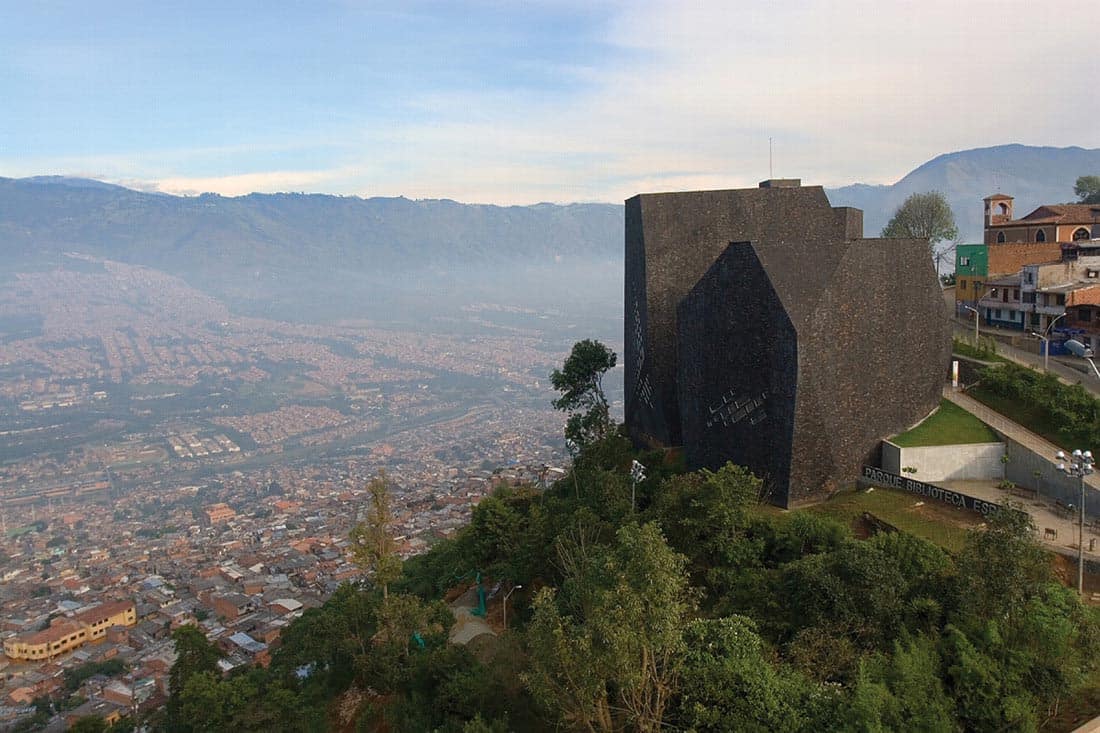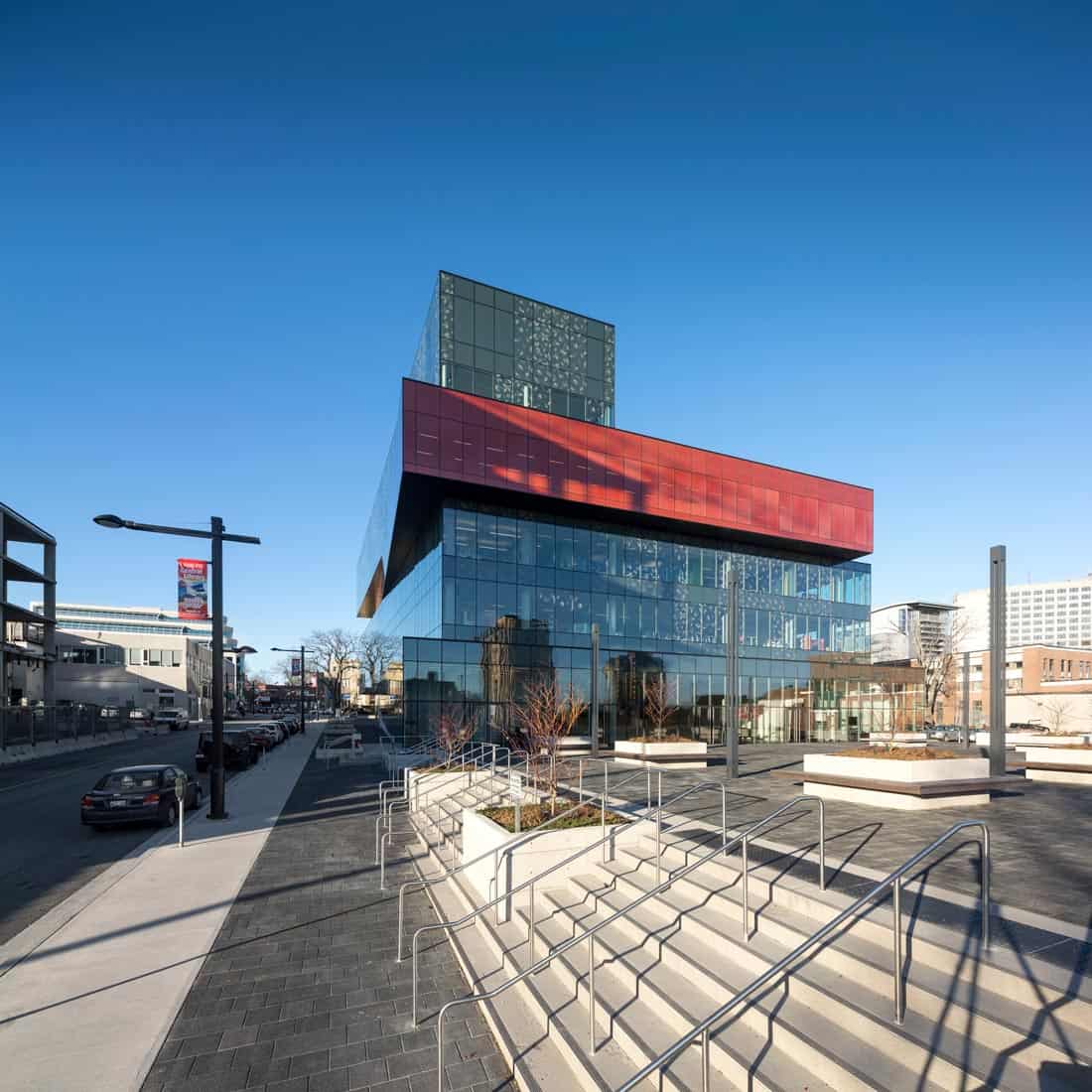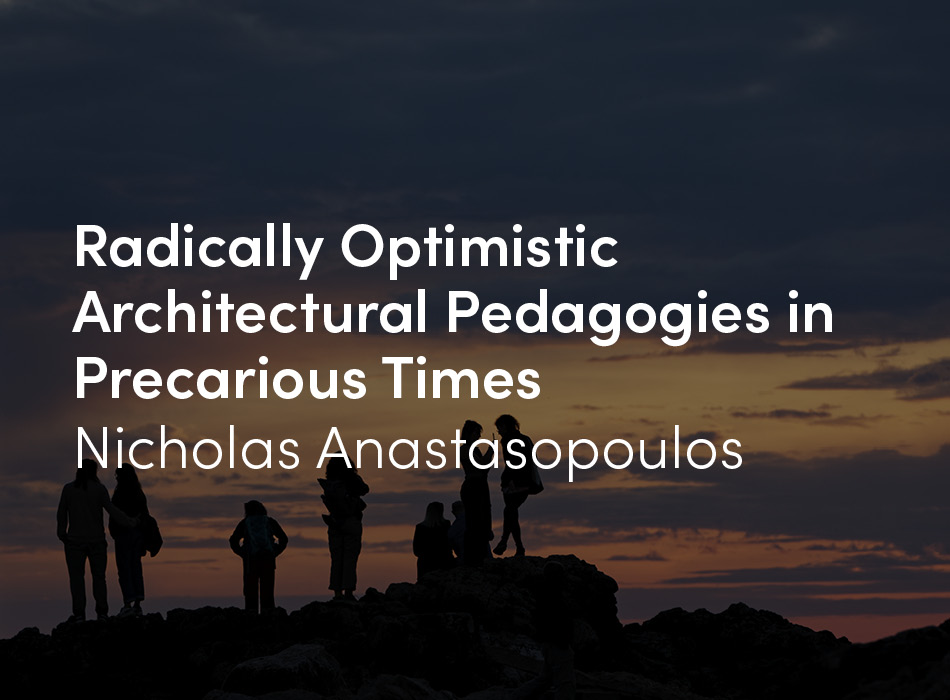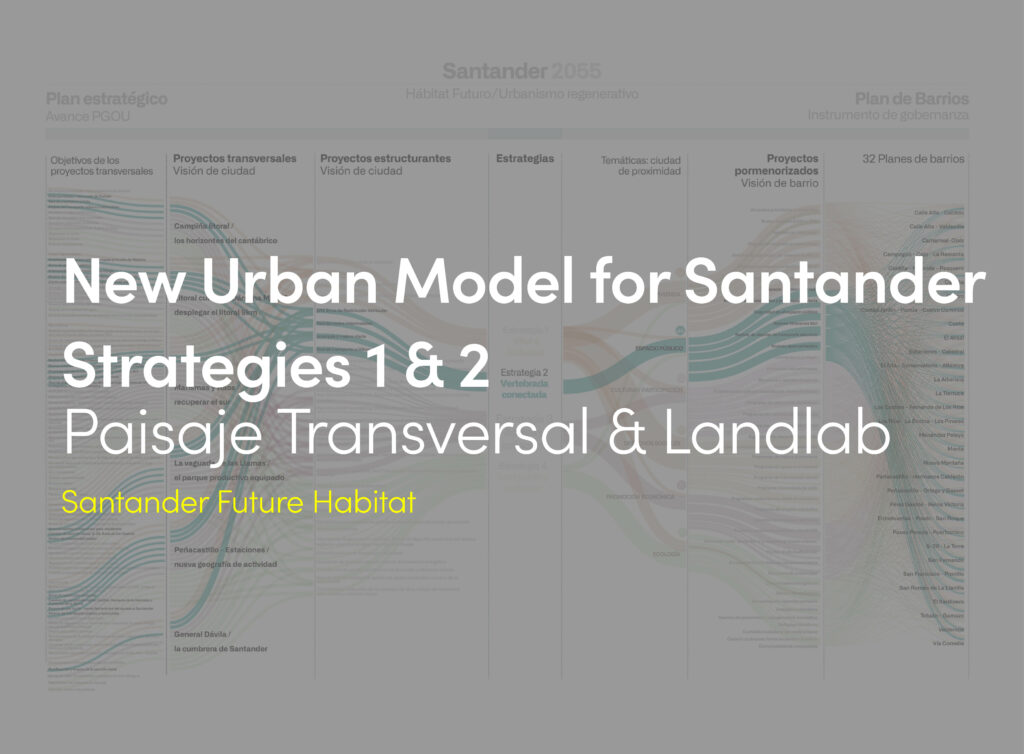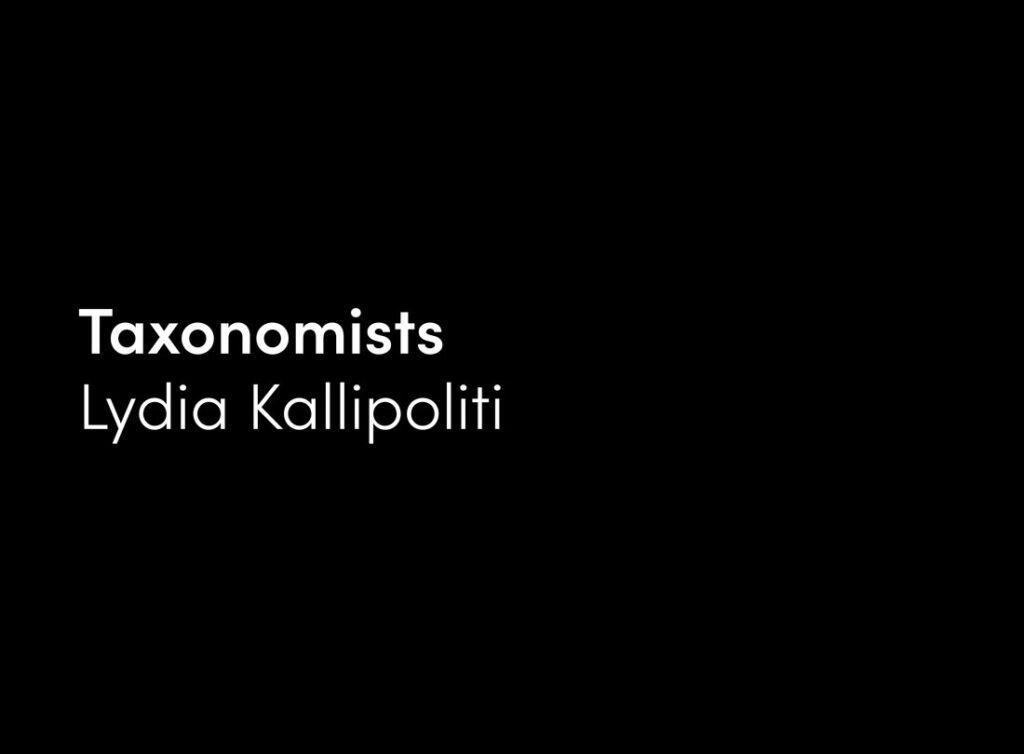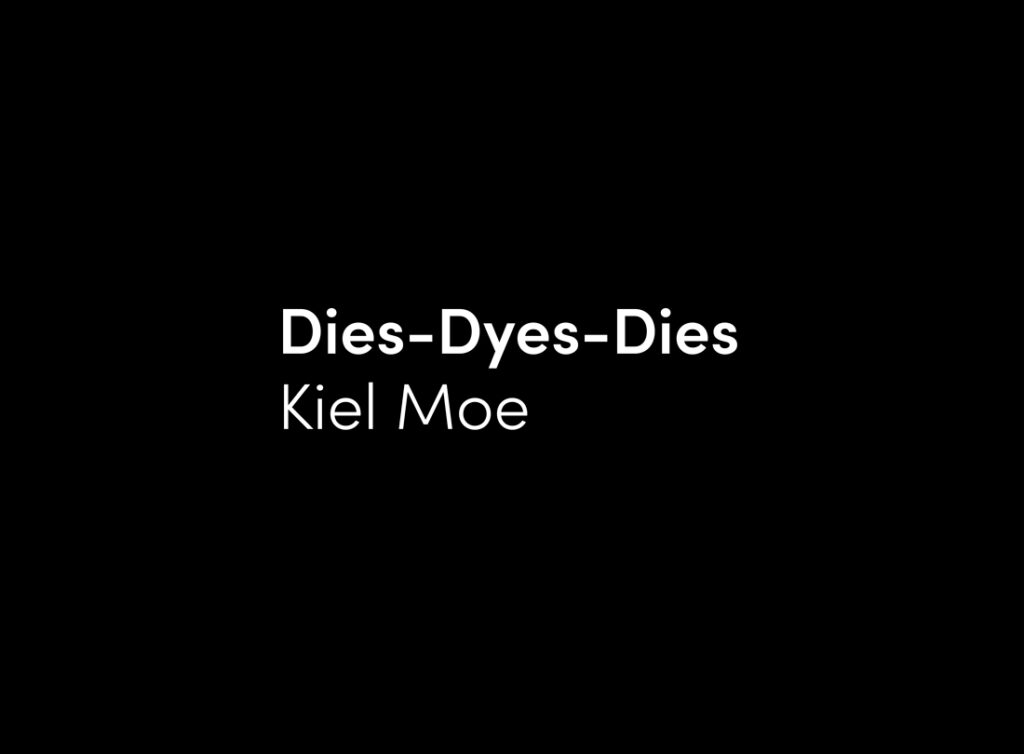What kind of public spaces will the pandemic help create? During the pandemic, public space in its most traditional form as a space that allows encounters with others, provided a refuge. Public space provided a space to find support, conversations, laughter. The Urban Library book was written before the pandemic. In a similar way, the book highlights the importance of communal spaces in the city.
The public libraries included in the book are the Seattle Public Library, designed by Rem Koolhaas to bring people, information, and ideas together; the Salt Lake City Public Library, designed by Moshe Safdie to advance knowledge, foster creativity, encourage exchange of ideas, build community and enhance quality of life; and the New York Public Library, which is the oldest in the selection, to inspire lifelong learning, advance knowledge and strengthen communities. These are in the United States. The Spain Library Park in Colombia was designed by the Colombian architect Giancarlo Mazzanti as part of a network of public libraries and parks explicitly designed for poor neighborhoods, seeking to improve the quality of life there under the auspices of “actions with my neighborhood”. In Halifax, Nova Scotia, Canada, the public library has perfected the art of community participation in its programming to become a vital center for learning and culture in the heart of the community. The Halifax Public Library was designed by the Scandinavian Architectural firm Schmidt/Hammer/Lassen Architects, increasingly specializing in library design, including the Kean University Centre and Library in Wenzhou, China. The Bibliotheca Alexandrina in Egypt, designed by Snøhetta, sought to build on the historical legacy, while fostering discussion, dialogues and understanding. More contemporary public libraries are being built with similar signature designs, a trend that is growing globally. They are welcoming spaces, aesthetically pleasing, and draw well known architects. Plazas adjacent to the public libraries translate the welcoming spirit of the city into the relationship between the public libraries and the city itself. Public libraries brand themselves as such, fitting into urban institutional discourses based on uniqueness, sustainable values, and drivers of urban development. The creative city model, heavily influenced by Richard Florida, emerges in reports from the cities where the public libraries from the book are located: New York City, Seattle, and Salt Lake City in the United States, and Halifax, Nova Scotia in Canada, Medellín in Colombia, and Alexandria in Egypt. To a larger or lesser extent there is an emphasis on quality of life issues and sustainability, which frames each city’s approach to urbanity in the development of cultural institutions and urban infrastructure that facilitate sociality and connectivity.
Spain Library Park, Medellín, library and the city. (Sergio Gomez. El Equipo Mazzanti, 2019)
Public libraries are also public spaces. Historically, they accumulated knowledge for the elites in antiquity. More recently, since industrialization they have increasingly epitomized democratic values of inclusivity and universal access that have made of public libraries key community institutions in the city. Public libraries are versatile and highly adaptable institutions. In antiquity they preserved the knowledge developed by scholars, during industrialization public libraries helped disseminate information through the mass production of books, and in contemporary pre-pandemic societies they have helped fill in the gaps of a retrenched welfare state by providing information and resources to all, focusing their programming on community needs. Public libraries have mastered the skill of bringing in communities to participate in the search for knowledge and information in welcoming spaces designed for the purpose of advancing democratic values of inclusivity and equal access. Public libraries fit into the creative city models of urban development to attract “creatives,” investors, and tourists to the city. As anchor institutions, they advance community development while also – especially in the flagship central libraries showcased in the book – becoming icons that help brand the city. In each of the cities where the public libraries included in the book are located, tourists outnumbered residents. New York City showed the highest population to tourist ratio, approximately 7,500 tourists per resident in 2018. The creative city permeates the discourses reproduced in reports from public and private organizations in all the cities where the libraries are located. These reports highlight quality of life issues such as traffic, parks, and employment, among many other indicators that make the cities attractive for visitors and residents alike.
Indexes have proliferated to rank cities in a competition to draw in a global professional class, tourists and residents. At this point the indexes are regional, as evident in those which include cities in the United States. Others include international cities in Canada and Colombia, for example, and there are emerging indexes that include Africa. The quality of life issues that these indexes seek to measure are diversity, tolerance, best cities for young professionals, healthiest cities, best cities for outdoors, cost of living, housing, startups, and business freedom, among others, largely based on marketing initiatives where consumers rate services. It is likely that global indexes will be created to integrate all cities as they follow similar development patterns globally. Currently, new indexes have been developed to rank cities’ pandemic preparedness; likely, more indexes will be created focused on urban issues.
Cities function as almost autonomous entities in a neoliberal state where public services have been retrenched. The prevalent trend is to implement urban development strategies that maximize profit-making in pursuit of growth in an entrepreneurial competitive manner among cities as a modus operandi, globally. This peculiar positioning of cities also makes them actively engaged in developing urban policy that tends to be sustainable, advancing forward-looking initiatives regarding carbon emissions, racial politics, and other pressing social, cultural, political, and economic issues, including infrastructure. Basically, cities, while also advancing a largely progressive agenda, market themselves to the intelligent global professional class. Cities compete to attract consumers to the experience of the city as a vibrant, engaging, and interesting destination. The culture-based revitalization supported by the creative city model tends to focus on large-scale projects and districts to make downtown areas enlivened with significant investments. Policy makers have come to realize that the spatial proximity of specific interventions that involve major cultural facilities like museums, performing art centers, cultural centers, and public libraries magnifies pedestrian traffic, consumption of cultural events, and economic impacts, serving as a catalyst for downtown revival. The multiplier effect of organizational and audience expenditures adds profit to the regional economies. The creative industries are usually composed of performing and visual arts, festivals, crafts and design, also associated with industrial and institutional agglomeration in film and media, higher education, and the manufacturing (design, furniture, fashion, and textiles) sector. Development aid, enterprise, workspace and intermediary development agencies, education and training programs, and grant administration are part of the economic clusters of the creative industries. Regional competitive advantage is secured by implementing policy instruments and intervention programs for their perceived social and environmental benefits and externalities, trickled down effects, and improved quality of life at the local level, even though these are increasingly adapted as urban development trends globally.
Anchor institutions are usually non-governmental public sector cultural or other civic organizations and typically have a mission oriented towards community engagement and social service, not only advancing economic development but also social conditions to help strengthen democratic and equitable cities. They can benefit the region in developing real estate, purchasers, employers, workforce developers, cluster anchors, core service/product providers, and community culture builders. The anchor institution, as well as the creative city literature, lack direct quantifiable ways to determine the impact of their guiding principles. They both seem more paradigmatic than directly measured by empirically testing their capacities. The discursive effect seems to rely on the repetition of consistently replicated reports that are heavily influenced by a marketing rhetoric. Despite the prevalent discursive mediation of the creative city model fitting to public libraries and urban development, public libraries do deliver when it comes to community programing.
Public libraries have perfected outreach and community programming. Within the last 10 years there has been an increase in community-led programming in public libraries: cultural events, author’s talks, and workshops to develop specific skills, among many others. Accordingly, staff for library outreach and marketing has also grown in all the libraries studied. Public libraries emulate the founding tenets of urban democracy, promoting tolerance and inclusivity not only in terms of universal access to library patrons but also how they physically extend into adjacent public spaces. Public library design increasingly includes adjacent plazas and or uses existing ones to connect the public library to the city streets and nearby cultural attractions. The design is inviting to pedestrians. Not only are public libraries developing unique designs compared to previous library design standards, but they also focus on branding the meaning of the library to include pride, a sense of ownership and belonging, propinquity by bringing people from diverse backgrounds together, support for intellectual freedom, support for curiosity to entertain different content, and investment in human capital as a service to communities, broadly understood.
Halifax Public Library and Plaza (Adam Mørk, 2019)
Public libraries are also motors for urban development and, as anchor institutions, they promote iconic architecture that distinctly represents the cities in which they are located, standing as the current global standard for library design. The iconic architecture of the libraries in this book accentuates their uniqueness. The New York Public Library is the oldest in the selection; it is made of marble. The Seattle Public Library invites visitors into the “living room” in the main floor entrance. No signage to be quiet can be found, since the library’s design has integrated features to allow for background noise on the lower floors and quiet areas on the upper floors where noise does not travel. The Salt Lake City Public Library has a rooftop garden and fireplaces distributed within the study areas inside. The rich history of the cities where the libraries are located, as well as their surrounding landscapes, are integrated as commentaries on the design of the public library structures. The Halifax Public Library design draws from the city grid as a port city and the Bibliotheca Alexandrina imbues in its design the glorious past of the first known library and research center from antiquity. The Spain Library Park in Medellín seeks inspiration from the surrounding Andes mountains that engulf the city in the valley.
The meaning of the library has also changed throughout time. In fiction, Borges describes the library as a labyrinthic space where one could get lost and find oneself. Libraries are spaces for discovery, transformation, renewal. Understanding the role of contemporary public libraries is a complex undertaking and, as such, it is informed by an interdisciplinary perspective that seeks to account for the complexity of urban living. As anchor institutions, public libraries are cultural institutions that provide access to reading, research, a beautifully designed and welcoming space for all, and exposure to diversity in both face-to-face interaction as well as virtual connectivity. Public libraries extend social reproduction from the household to the global scale, reproducing social relations in a sustaining effort through the life course.
Although the classic library focused on storage and learning, contemporary public libraries offer a more complex set of services to the communities they serve: circulation of contemporary book volumes, access to computers, events, and programming for their different communities’ and constituencies’ interests. During the pandemic in New York City the readily available virtual platforms became a ubiquitous alternative to public library digital access. Public libraries have adapted to societal conditions and evolved to currently focus on programming based on community needs, provide both propinquity and digital access, and develop physical spaces to accommodate a close relationship to their host cities, spatially and programmatically. Public libraries are anchor institutions that, along with other urban cultural institutions, strengthen and support social relations while making cities vibrant. Understanding the role of contemporary public libraries based on their tradition of inclusion and access, and more recently community-focused programming, can anchor knowledge dissemination in a post-pandemic world. Public libraries are part of a network of community building that is essential and intrinsic to urban living. As a banner in front of the recently opened New York Public Library states: “Libraries make us stronger.”





